Say what you will about his romantic dialogue, but George Lucas is an exceptional creator of characters. When it comes to pairings of heroes and villains, there are few as iconic as Luke Skywalker and Darth Vader’s dynamic from the original Star Wars trilogy. In both their individual characterizations and their complicated relationship with each other, Luke is one of the greatest heroes in film history and Vader is one of the greatest villains in film history.
Throughout the original trilogy, Luke and Vader go from being powerful warriors on either side of political, ethical, and spiritual spectrums to being a reunited father and son who team up to liberate the galaxy from its Imperial overlord.
10 Luke: Everyone Can See Themselves In Him
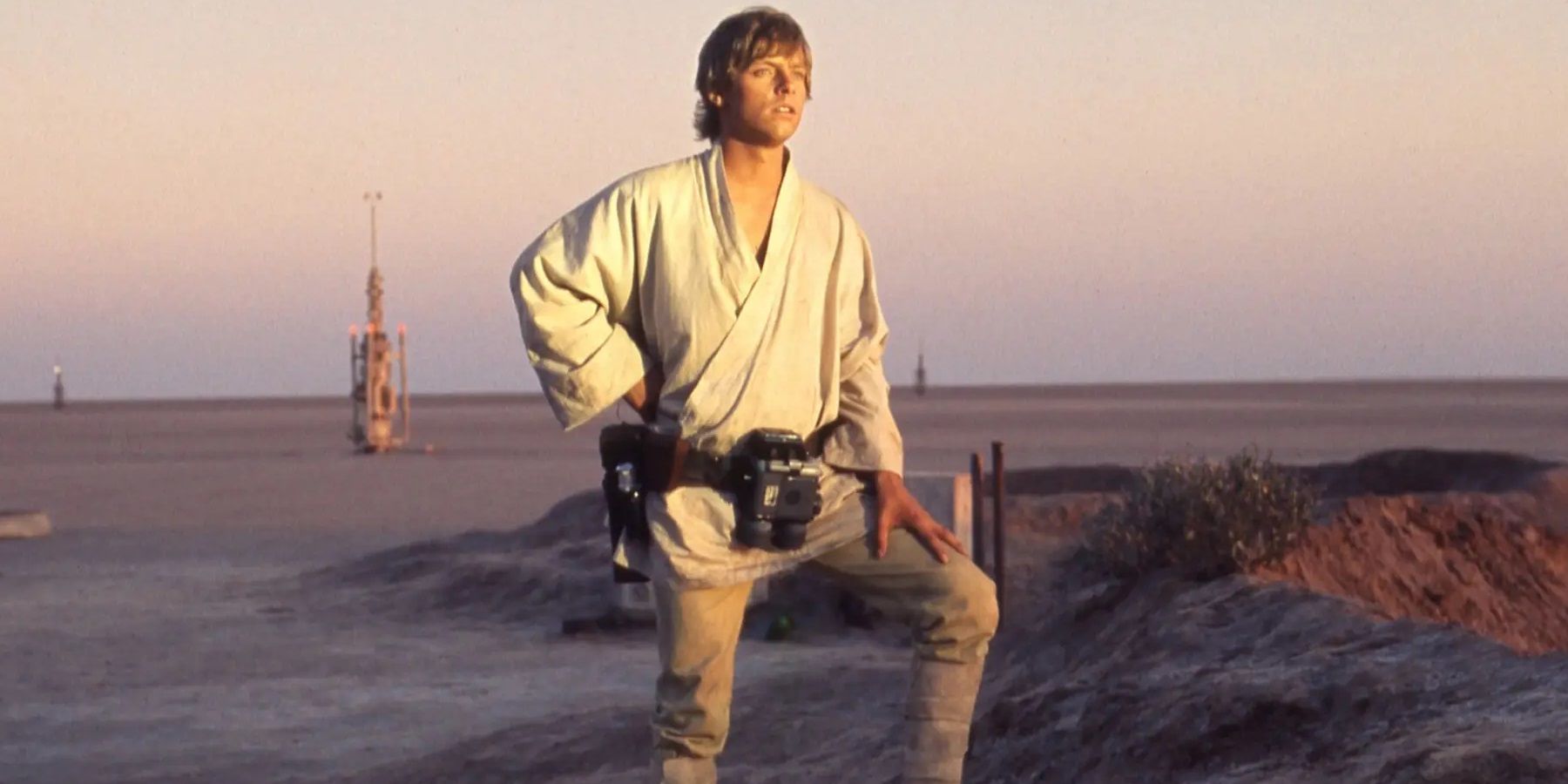
In the original Star Wars movie, Luke is introduced as a talented pilot stuck on his uncle’s moisture farm who dreams of exploring the galaxy and joining the Rebellion. By the end of the original trilogy, he’s become one of the Rebellion’s key figures and resurrected the Jedi Order along the way.
Dreaming of a more exciting life is a universally relatable frustration. When Luke watches the twin suns set over the horizon on Tatooine and John Williams’ beautiful score is blasting through the speakers, everyone can see themselves in the protagonist.
9 Vader: He’s Introduced As The Faceless Embodiment Of Evil

In the opening scene of the original Star Wars movie, Tantive IV is engulfed by a Star Destroyer. The Stormtroopers board and eviscerate the Rebel troops in moments. Then, in a cloud of smoke, Darth Vader emerges. There’s no trace of humanity; like Michael Myers, he’s the faceless embodiment of evil.
Vader was developed significantly throughout the trilogy, but in the original movie, he’s just a terrifying presence that represents pure evil in all its forms.
8 Luke: He Goes On A Classic Hero’s Journey
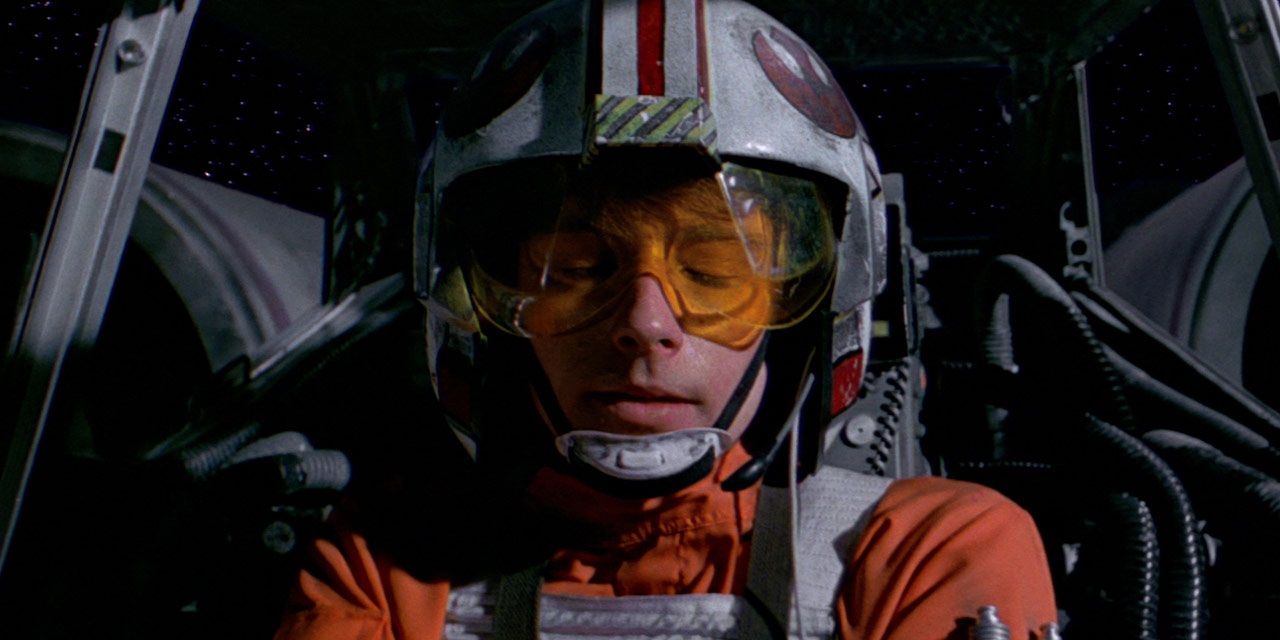
Ever since it was discovered that George Lucas emulated Joseph Campbell’s “hero’s journey” in constructing his Star Wars screenplay, Hollywood screenwriters have followed Campbell’s work religiously in the hopes that it’ll help them write “the next Star Wars.”
But Lucas wasn’t trying to write the next anything; he was just using the familiar framework of a fairy tale to introduce audiences to his weird space samurai western saga. From the binary sunset moment to the loss of his mentor to the destruction of the Death Star, Luke Skywalker’s hero’s journey remains the benchmark against which all others are judged.
7 Vader: The Perfect Combination Of David Prowse’s Physique And James Earl Jones’ Voice
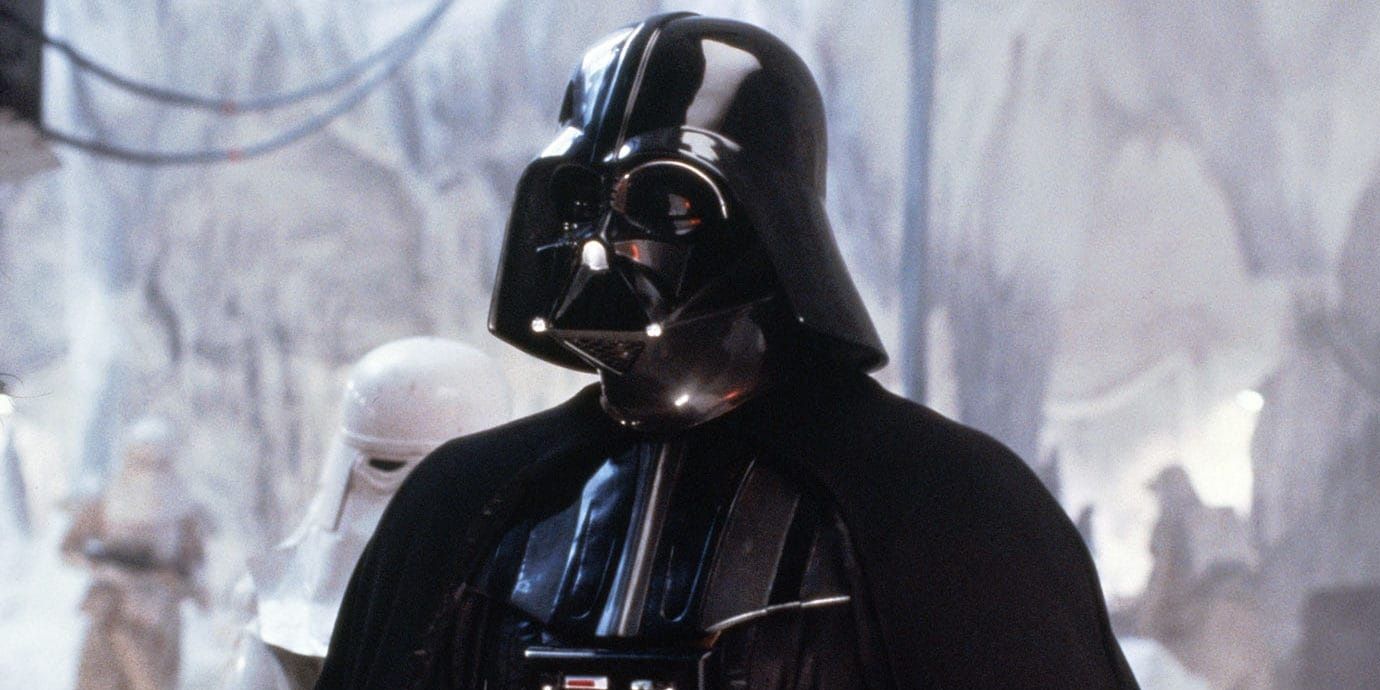
While David Prowse had the hulking physique to make Vader an intimidating screen presence, his voice wasn’t right for the character. So, Lucas set out to find the perfect booming voice to dub over Prowse in the editing room and discovered James Earl Jones.
Through the combination of Prowse towering over the actors around him and Jones’ wholly unique voice bellowing his lines, Vader’s iconic presence came to life.
6 Luke: Mark Hamill Took The Role Seriously
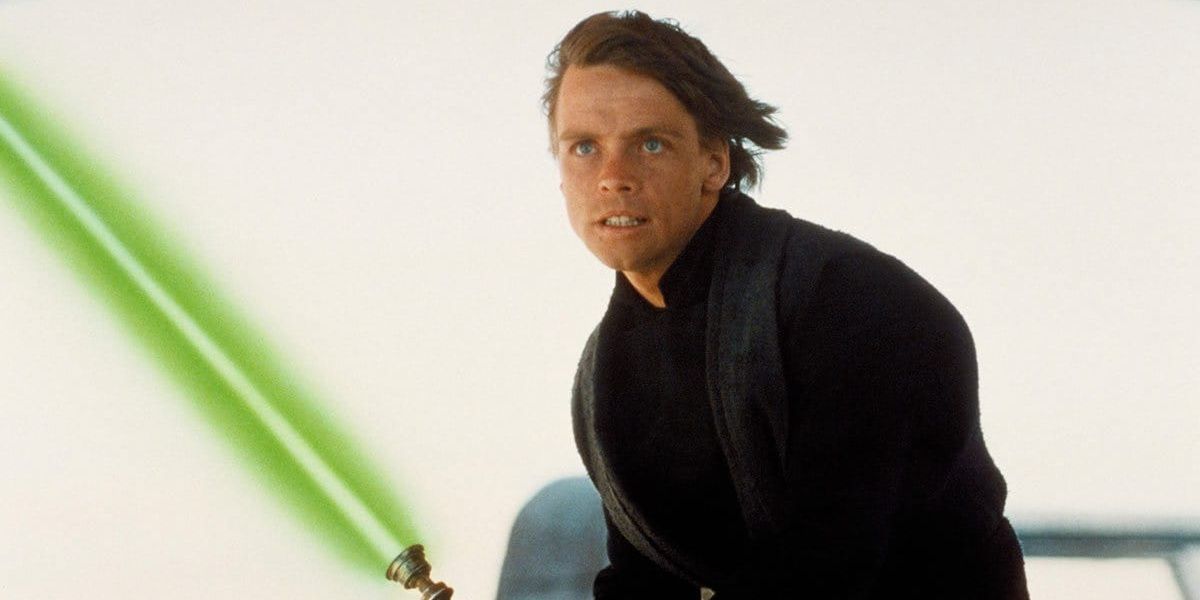
The key to Sarah Finn’s magnificent casting in the Marvel Cinematic Universe is finding actors like Robert Downey Jr. and Chris Evans, who will take a role like “billionaire playboy in a metal suit” or “cryogenically frozen World War II super soldier” seriously and find the humanity in the character. Since Star Wars was essentially the first Marvel-style intergalactic summer blockbuster, Mark Hamill was the first actor to take a role like “ace pilot farmhand with dormant space wizard powers” seriously.
Hamill could tell Lucas had created something special when he read the script and gave his all to do the role of Luke Skywalker justice. The actor’s genuine affection for that mythos and understanding of its importance reflected beautifully in Luke’s bright-eyed optimism about the Force.
5 Vader: He Makes A Huge Impression With Limited Screen Time
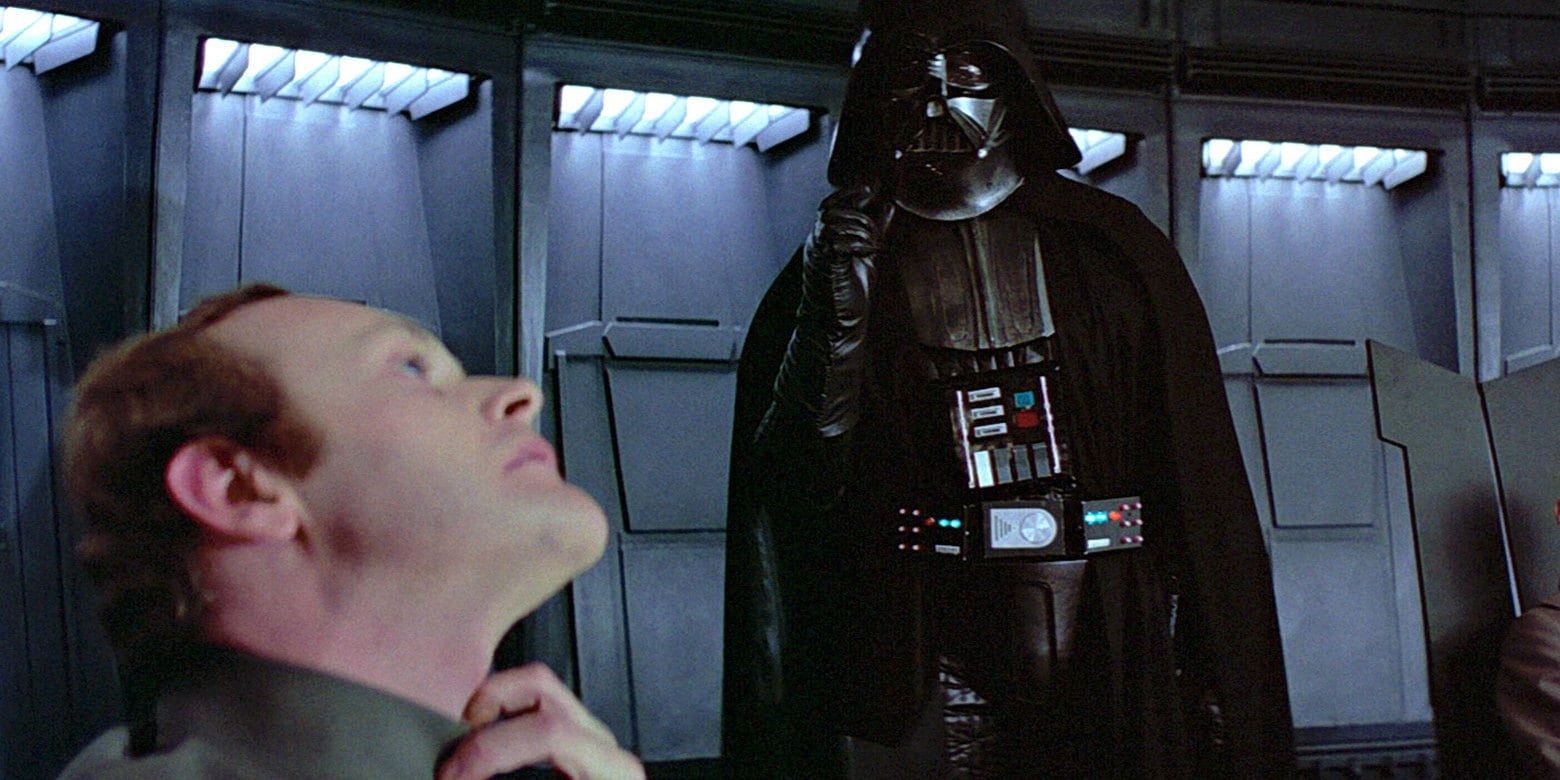
All the greatest villains only show up for a few minutes, because less is more and a well-written antagonist can make a huge impression with just a few minutes of screentime. Look at Hannibal Lecter in The Silence of the Lambs or the Wicked Witch of the West in The Wizard of Oz.
In the original Star Wars trilogy, Vader appears on-screen for, collectively, just over half an hour. But he makes a massive impression on the audience with this brief time, like Force-choking an insolent admiral or effortlessly outmatching Luke in a lightsaber duel.
4 Luke: He’s A Fish Out Of Water (Several Times Over)

In movies like Star Wars that have a lot of worldbuilding baked into the plot, it can help if the protagonist is a fish out of water and the world needs to be explained to them before they eventually become a central figure in that world.
Luke is a fish out of water in the wretched hive of scum and villainy that is Mos Eisley Spaceport, a in the Rebel Alliance, and later in the Jedi Order. But by the end of the trilogy, he’s one of the heroes of the Rebellion and a fearless Jedi Knight.
3 Vader: The “I Am Your Father” Twist Completely Changed The Game
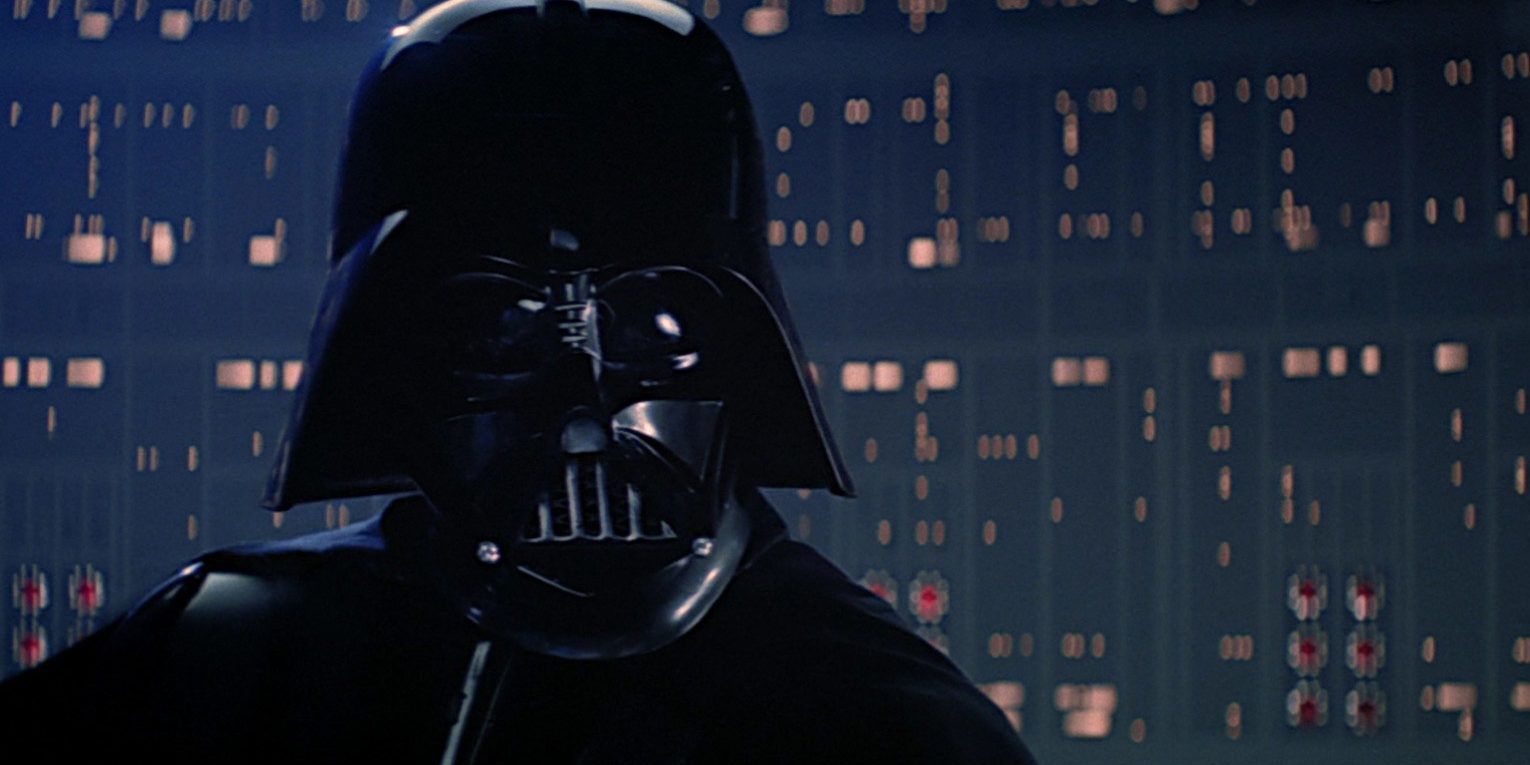
The irony of a movie having the most famous plot twist of all time is that the reputation takes all the impact out of said twist because everyone knows what it is long before the reveal. Vader telling Luke that he’s his father in The Empire Strikes Back completely changed the nature of their relationship.
Lucas stepped up the conflict for Return of the Jedi. Luke thought Vader was a remorseless killing machine who murdered his father, but the revelation that he’s actually his father inspires him to consider that maybe he’s not 100% evil after all.
2 Luke: He Sees The Good In Vader

In Return of the Jedi, when Luke arrives in the Emperor’s throne room, he initially refuses to fight his father because he still believes there’s good in him after decades of genocide and war crimes. Eventually, the Emperor plays on his emotions enough to get him to pick up his lightsaber, but he still sees the good in Vader.
It’s a great message to end the saga on: don’t give up on the people you love. Unfortunately, Disney decided to continue the saga and in The Last Jedi, it’s revealed that Luke was going to kill his own nephew for being tempted by the dark side, which negated the whole thing.
1 Vader: He’s Redeemed At The End
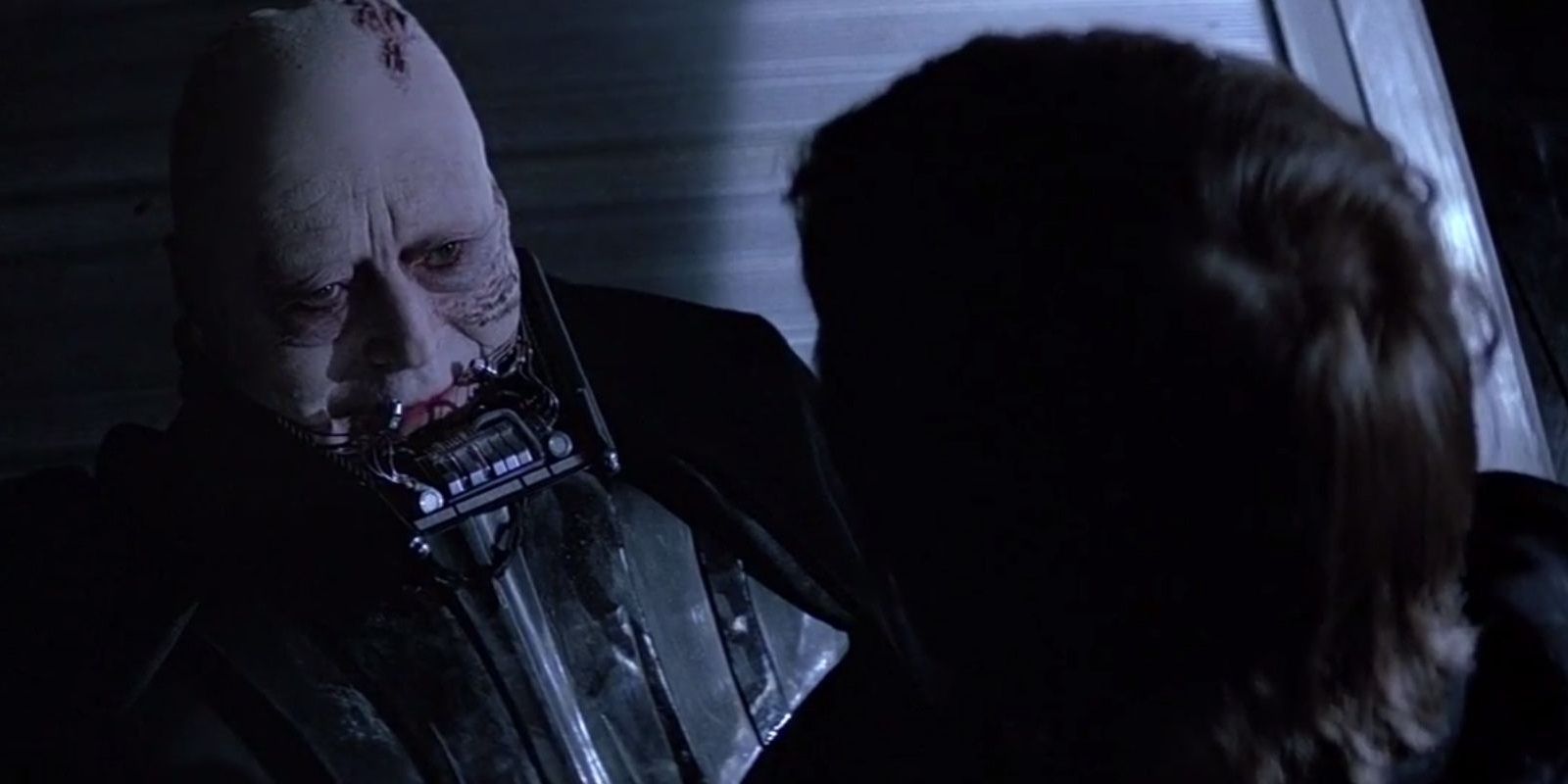
Thanks to Star Wars, redemption arcs have become commonplace in genre fiction as Vader’s redemption arc works spectacularly. He was under the spell of the Emperor when he committed the Empire’s atrocities. It doesn’t excuse all the deaths he was responsible for, but seeing the Emperor torture his own son snapped him out of that spell and inspired him to make the ultimate sacrifice with one final act of good. If he wasn’t redeemed in the galaxy’s eyes, he was at least redeemed in his son’s.
Again, this is one that the sequel trilogy kind of ruined, because Kylo Ren worshipped the evil Darth Vader and promised to finish what he started when Vader was the one who put a stop to it in the first place. Oh, and somehow, Palpatine returned, so Vader didn’t kill him after all.
from ScreenRant - Feed https://ift.tt/3p4cxD8







0 Comments
Please don't use vulgar comments and avoid discussion on Religious matters